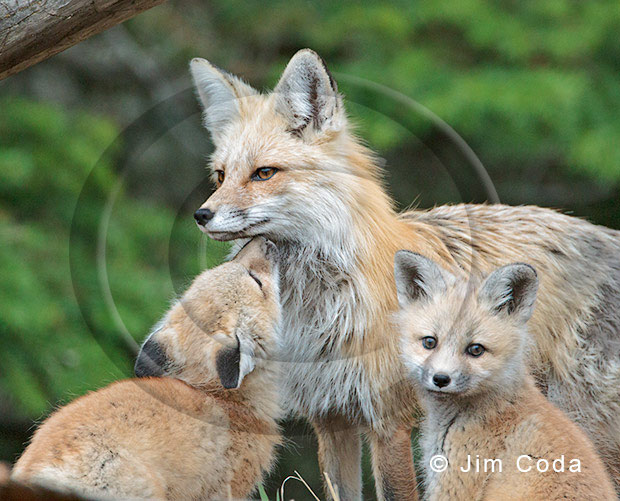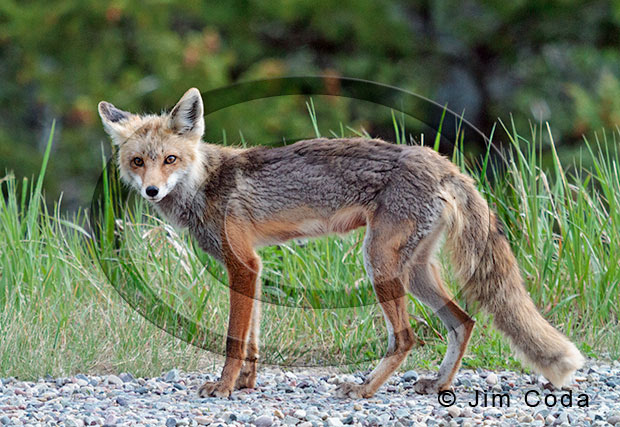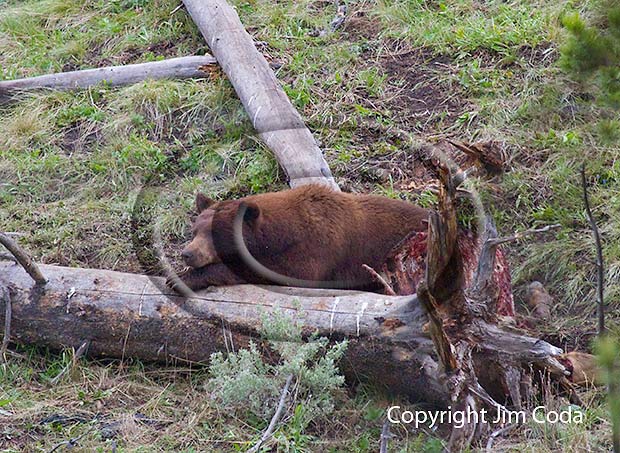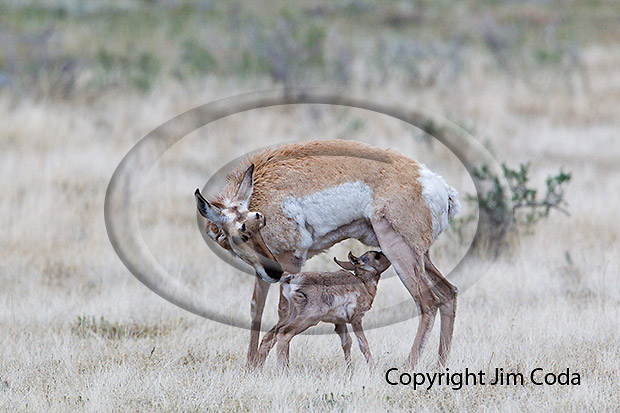Corinthian Island at Twilight

Corinthian Island is one of two inhabited islands on the Tiburon Peninsula. It straddles a jurisdictional line separating Tiburon and Belvedere, California.
This photo was taken during twilight which is that time between sunset, when reds dominate, and dusk when there is no light (or color) to be seen, except to the extent the moon (or artificial light) is a factor. During twilight, blues become dominant. Twilight is sometimes referred to by photographers and painters as the blue hour or “l’heure bleue.” The length of twilight is determined by the latitude of the observer. Around the San Francisco Bay Area I think of it as lasting roughly half an hour. Twilight is also that time between dawn and sunrise. It is a great time to photograph. It’s also a great time to see wildlife. Some animals are most active during the twilight hours. They are referred to as “crepuscular.”
Next time you plan to photograph at sunrise or sunset don’t forget twilight time. For two good programs to tell you when twilight is for your area, click here and here.










